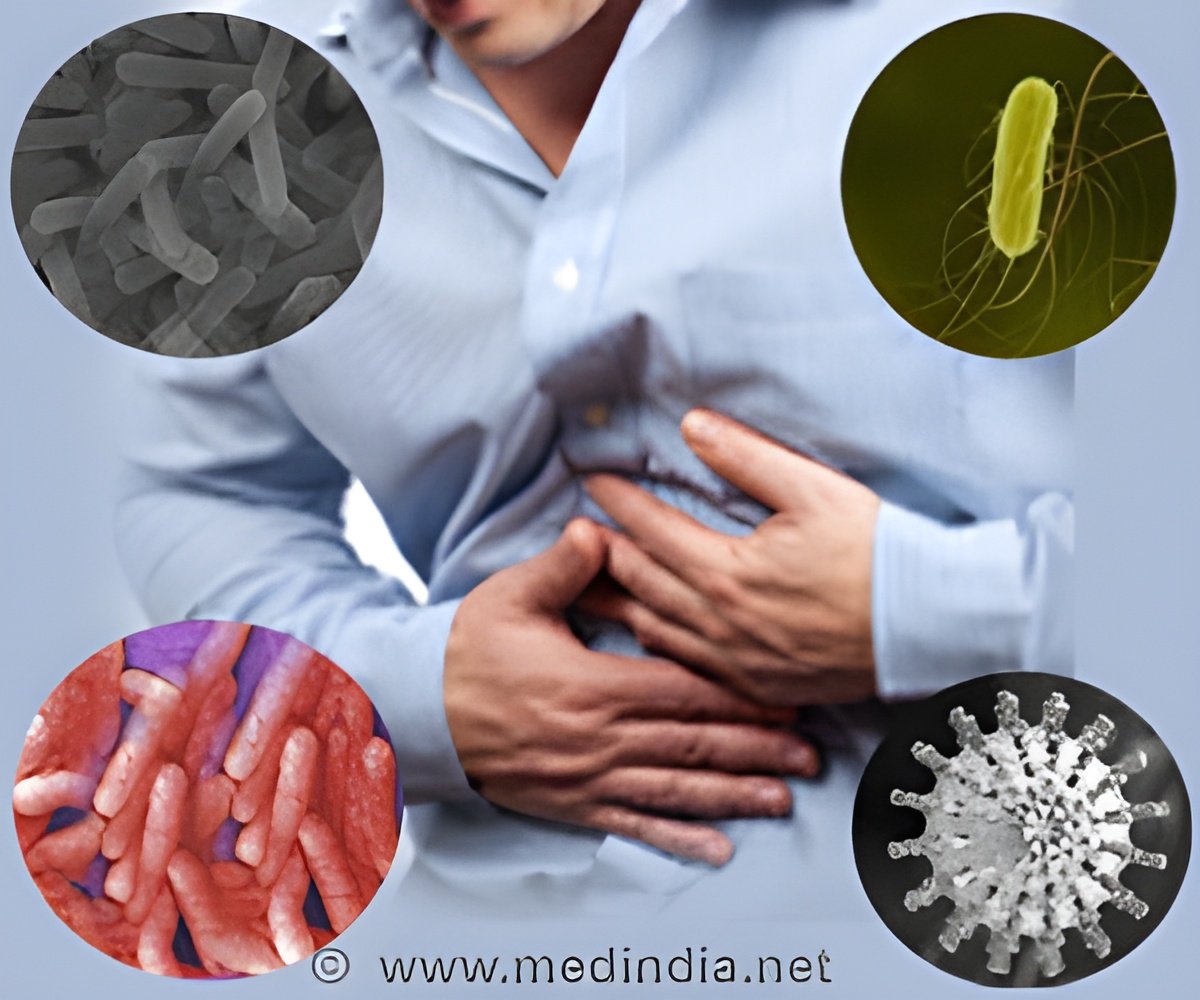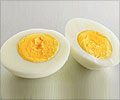
Recognizing the need for a real-time biosensing system to detect pathogenic bacteria, such as Salmonella, a team of Auburn University researchers came up with a novel design, which they describe in the American Institute of Physics' Journal of Applied Physics.
What sets this biosensing system apart from traditional detection methods is a design that involves using a magnetoelastic biosensor -- a low-cost, wireless acoustic wave sensor platform -- combined with a surface-scanning coil detector. The biosensors are coated with a bacteria-specific recognition layer containing particles of "phage," a virus that naturally recognizes bacteria, so that it's capable of detecting specific types of pathogenic bacteria.
Traditional technologies required the sensor to be inside a coil to measure the sensor's signals, said Yating Chai, a doctoral student in Auburn University's materials engineering program.
"The key to our discovery is that measurement of biosensors can now be made 'outside the coil' by using a specially designed microfabricated reading device," he explained.
"In the past, if we were trying to detect whether or not a watermelon was contaminated with Salmonella on the outside of its surface, the sensors would be placed on the watermelon, and then passed through a large coil surrounding it to read the sensors," Chai says.
Advertisement
"Now, tests can be carried out in agricultural fields or processing plants in real time -- enabling both the food and processing plant equipment and all surfaces to be tested for contamination," notes Chai.
Advertisement














